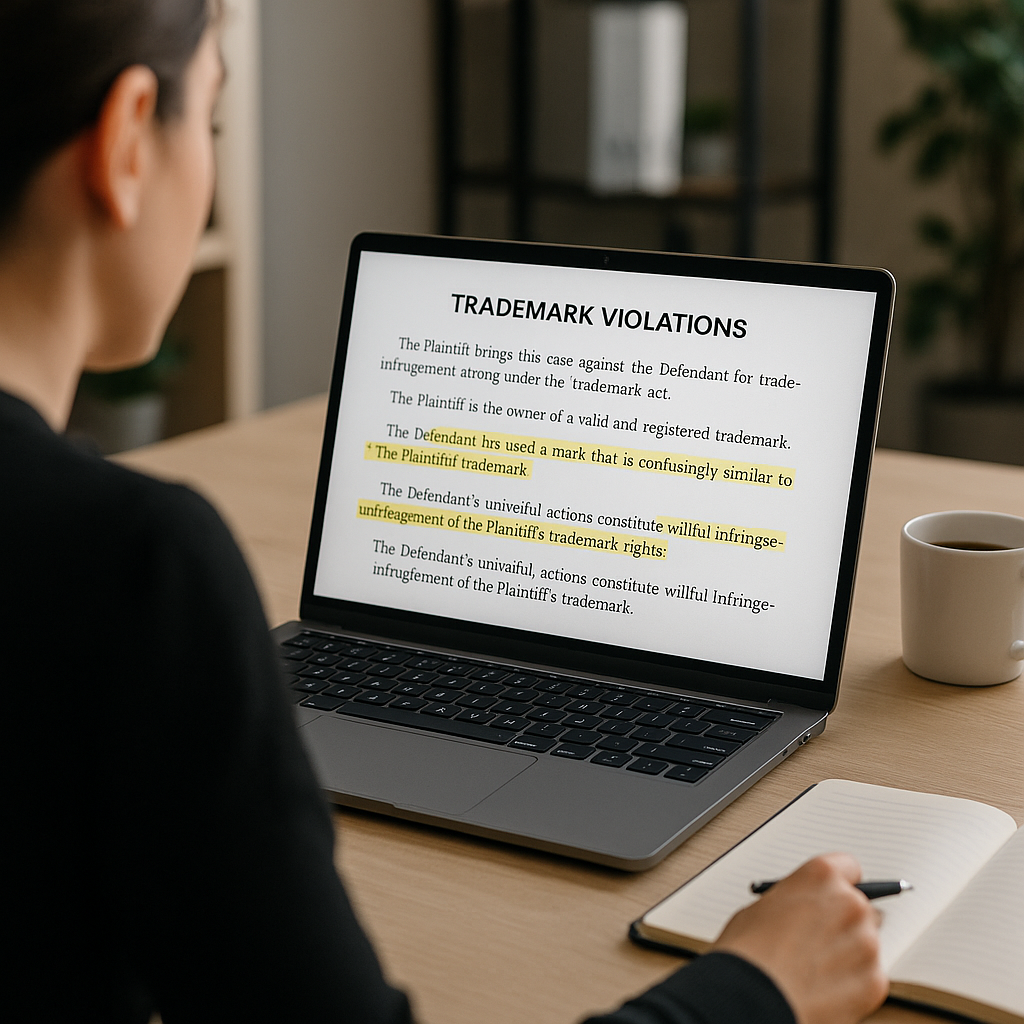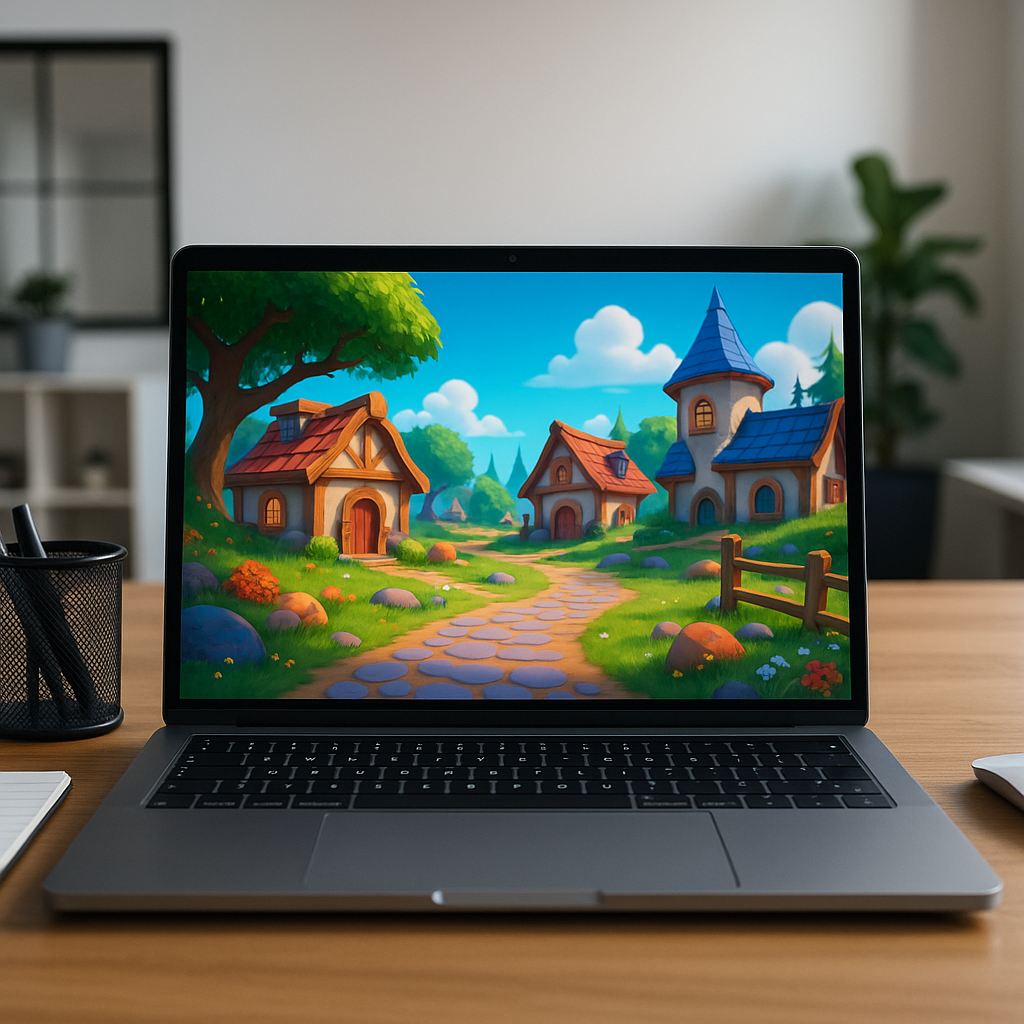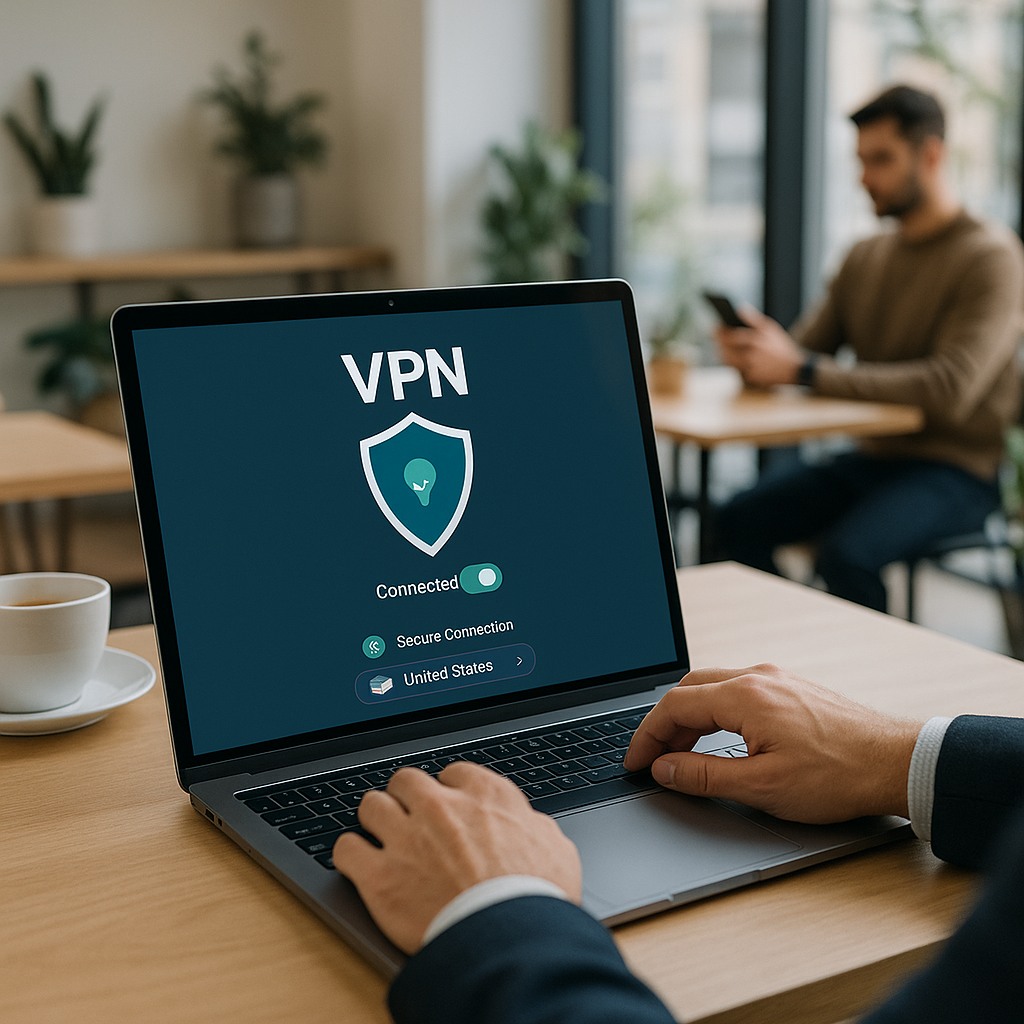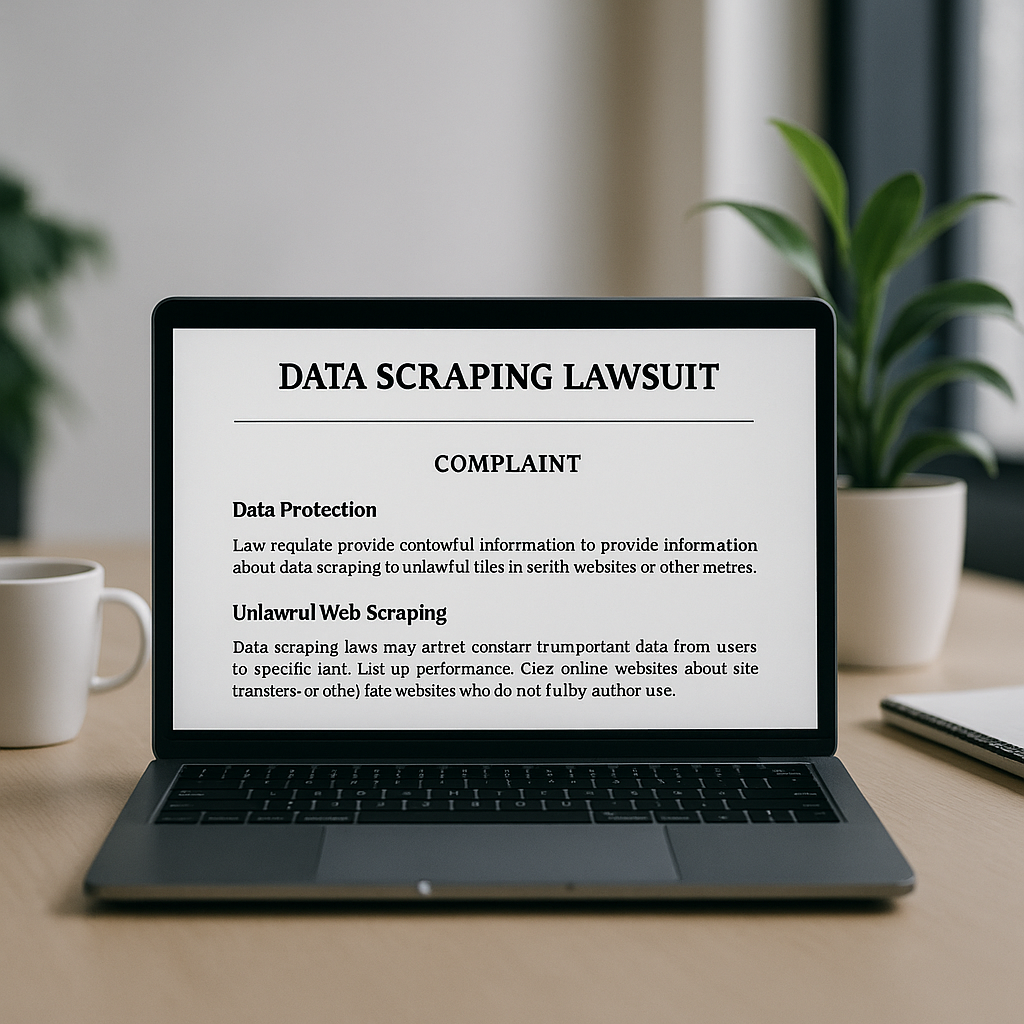Sometimes your product is so niche that you can’t generate enough profit if youonly offer it in one market. The good news is that you no longer have to rely onlocal interest only, but go for global demand.English seems to be everywhere, from overheard conversations on the streets tosocial media and product labels. The truth is that 78% of Internet users do notspeak English as their native language, and 75% say they preferto use apps in their local language. This demonstrates that you need to localizeexperiences when you go global with your product.Product globalization was one of the main themes during the 2024 edition of Disruption Forum Future of Finance. We had a fascinating discussion onthe subject with Yael Barak, VP of Product Management at Worldpay, and BernardGolko, GM & Acting Management Board Member at Solution One Fund.GLOBALIZING APPLICATIONS – WHAT DOES IT MEAN?Globalization refers to the process where applications show information to usersin line with their cultural conventions, across different countries. This meansthat a person in one region will see errors, interface elements, and text/videoin the language they want.Globalized products go through two phases.The first one is internationalization, which accounts for multiple culturalaspects. The second one is localization, where content is translated and allfeatures are checked for regional conventions (think of things like dates,scales, etc.).global economy; product globalization processSource: MediumPROS OF ENTERING NEW MARKETSACCESS TO NEW CUSTOMER DEMOGRAPHICSIf you feel you have exhausted the potential of your local market, one of thebiggest advantages of launching on a global scale is accessing a new pool ofcustomers.You could either find a similar user group in a different market that previouslyhadn’t had access to your product/service or diversify. The latter meansfocusing on a more exclusive target audience. A larger market means largerprofits – if you get everything right.DIVERSIFICATION OF RISKS AND REVENUESIn the modern world, things don’t always go as planned. There are events we haveno control over. For example, legislation might be put in place that willdramatically impact your business in one of the countries you operate in.However, if you sell in multiple markets, you’ll be able to compensate for theloss by performing successfully in the global marketplace. Also, you coulddecide to introduce a completely new product or service, which you’ll sell to adifferent target audience to minimize risks, diversify your revenue, and improveyour competitive advantage.MORE SALES AND PROFITSProduct globalization is a great opportunity for generating extra incomestreams. To make sure your products sell outside your local market, you mighthave to make some adjustments. These could relate to offering new paymentoptions, modifying customer support, or adding a new feature. While it mightcall for additional investment, it will pay off in higher profits and clientsatisfaction.OPPORTUNITY TO PENETRATE A SPECIFIC NICHEGoing for the global marketplace can play out in your favor regardless of thecompetitor landscape. How so?If you offer something fresh, your name could become synonymous with your nicheworldwide – picture becoming the Google or the Photoshop of whatever you offer.This would make it much harder for future competitors to ‘steal’ a part of themarket from you.Assuming you’re not launching a completely new product, you can still win bygoing public on an international scale. Even if you can’t dominate the niche inthe most competitive markets, you might win on those that aren’t as saturated –or even lack what you offer.ACCESS TO MORE INVESTMENT OPPORTUNITIES AND CAPITALFrom a founder’s perspective, this is probably the most encouraging benefit ofall. When you decide to go beyond your market – or even business region – youboost your chances of securing funding.For example, if you’re a European startup entering the MENA region, you might beable to find investors or potential partnerships from state-funded VCs incountries like Qatar, Saudi, or the Emirates.And the more capital you raise, the more attention you can pay to creating thebest localized experiences for users.KEY CONSIDERATIONS WHEN THINKING ABOUT PRODUCT EXPANSION INTO NEW MARKETSHere’s a list of the few main questions that Yael Barak says everydecision-maker needs to ask themselves before going international.HOW SIMILAR IS THE CUSTOMER IN THE EXPANSION MARKETS?The more they differ, the higher the chances you’ll need to build your customerpersonas from scratch. This largely comes down to cultural context and whatpeople, society-wise, assign the most value to. To put it more bluntly, yourmost popular feature in one market might have little significance in another.A perfect example of this is how you would have to go about launching afinancial app in Muslim-dominated markets. In Shariah law (Islamic financiallaw), interest on loans is considered haram (forbidden), based on the principleof riba (exploitative gain). Including such a feature could not only offendusers but also get you banned from the market. As you can see, research is keybefore making any expansion plans.DOES MY PRODUCT NEED TO BE SUPPORTED IN DIFFERENT LANGUAGES?As of 2024, there are 101 different countries that recognize more than oneofficial language. So, the more markets you enter, the more frequently you’llneed to consider which languages to support.Take Switzerland, which has four official languages. Launching a German versionwould only cover 62% of the population – can you risk ignoringthe remaining three languages? It’s not always about choosing a languageeveryone can understand, but considering how the prioritization of one languageover the other could affect users.DOES THE REGULATORY ENVIRONMENT REQUIRE SIGNIFICANT CHANGES TO MY PRODUCT SET OROPERATING MODEL?Unfortunately, the global economy doesn’t mean total unification. If you sell inmultiple markets you’ll have to abide by local laws. Let’s imagine you run abusiness in the US and China.Here is how these two markets differ:United StatesChinaThe regulatory environment is highly developed. Regulations across sectors likefinance, healthcare, and technology are strict.The regulatory environment is not only complex but also constantly changing,with foreign businesses being subject to strict controls.Here are a few considerations: * Data privacy: Compliance with GDPR * Healthcare: Strict regulations and approvals from the FDA (Food and Drug Administration * Finance: Adherence to Sarbanes-Oxley Act, Dodd-Frank Act, and SEC (Securities and Exchange Commission) regulationsHere are a few considerations: * Data localization: Data must often be stored within the country. * Censorship: Compliance with government censorship and content regulations. * Joint ventures: Requirement for local partnerships in certain sectors.As you can see, you’d most probably have to make a few adjustments if you wantedto sell your products in a market as stringent as China.DO I HAVE PARTNERS THAT WILL SUPPORT ME IN ENTERING A NEW MARKET?Globalization has definitely made the world more interconnected, making enteringforeign markets a crucial strategy for growth. Diving into the ‘unknown’ istempting but not without challenges.It’s always better to team up with a partner or a local player, who’ll help younavigate the unfamiliar market. They understand the market dynamics and willtell you how to adjust your product or service to fit local tastes.If you consider how competitive the global marketplace is, entering a strategicpartnership is truly necessary for effective market expansion. Not only will itspare you from a few costly mistakes, but also help you gain market share andenhance your purchasing power.IS THERE A PARTNER THAT CAN SUPPORT ME IN MULTIPLE MARKETS?If you want to enter tens of markets simultaneously, choosing a local partner ineach market isn’t your only option. There are plenty of services that helpcompanies not only with paperwork and setting up your local branch (if needed),but also those that can help localize your app.> I recommend looking for a partner who’s helped companies in your sector> before.Going with this approach will spare you a lot of time in the future, as youwon’t have to start over from scratch every time you enter a new market.HOW TO LOWER THE RISK WHEN ENTERING A NEW MARKETYael Barak says it’s best to go with a gradual approach to enable learning,adaptation, and pivoting, if necessary.“When you’re trying to go global, the lowest risk you can take is partnering,”she says.To find the right partner, consider aspects like their reputation, communicationskills, whether there is a target audience overlap, and if they share valueswith you. All of these are important if you want to make this partnership work.Here are some additional tactics Yael suggested to minimize the risks that comewith product globalization: * Check if you can set up your infrastructure, local entities, and finance operations. Some markets are more closed off than others – or, they might be open, but have high costs like tax on foreign investments. Also, check if you genuinely need to set up a local office (you probably won’t if you’re from the EU and expanding to other European markets, but otherwise, it might be compulsory). Simply, it needs to make sense from a business perspective. * Find a company on the market you want to enter and launch with them. Assess the market reception pretty quickly to decide if the perspective looks promising, or if it’s too risky to continue your expansion. * Optimize and continue your expansion – assuming, of course, that you’re happy with the market reception. At this stage, you could start considering things like setting up a permanent branch (and if so, whether you should have a local representative for each type of function, or handle some work remotely). Taking a step-by-step approach allows you to de-risk the process as much aspossible. You might discover that you don’t want to invest in that market afterall and decide to keep the partner to get some market coverage.ACHIEVE INTERNATIONAL SCALE THROUGH LOCAL PARTNERSHIPSTo cite our Disruption Forum guest, Bernard Golko, GM & Acting Management BoardMember at Solution One Fund, “understanding the heartbeat of the market is key”.Markets that offer a favorable entrance point have a few common characteristics,like a culturally and linguistically-unified population and a network of localbusiness partners. Most importantly, the country must also have legislation thatis not only investor-friendly, but also makes it relatively easy to achieveregulatory compliance. To sum up, product globalization isn’t an easy process,so take it one step at a time.
A Step by Step Guide to De-Risking Product Globalization
Posted Date:




